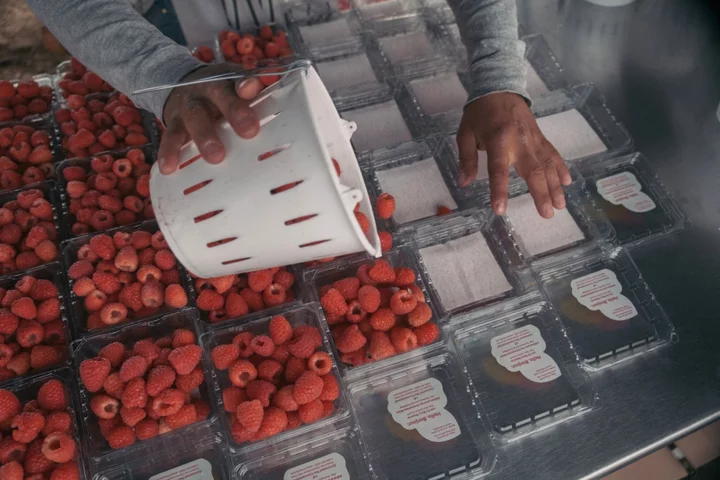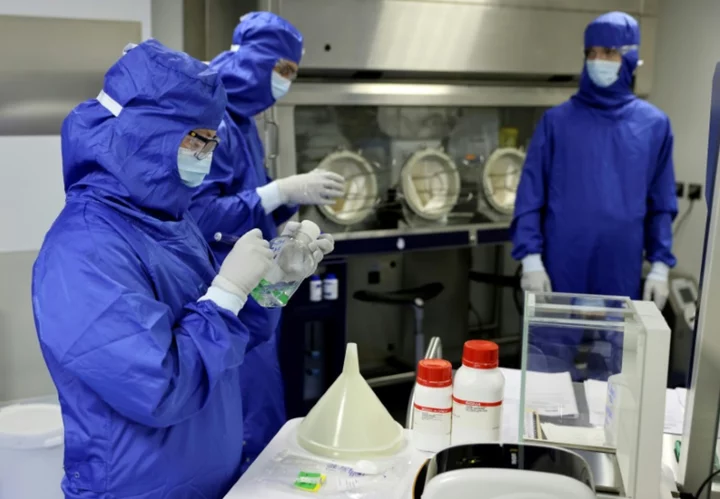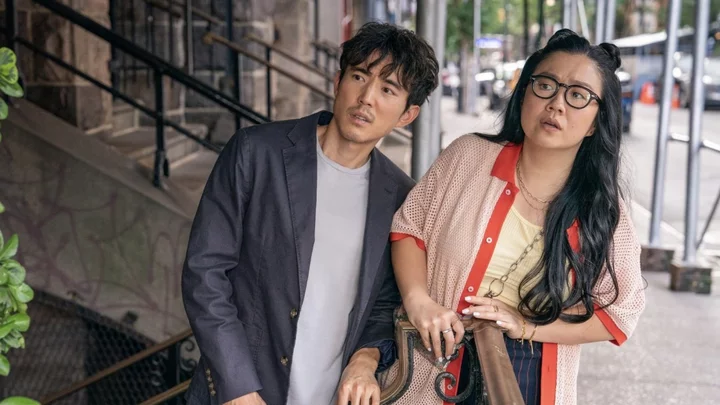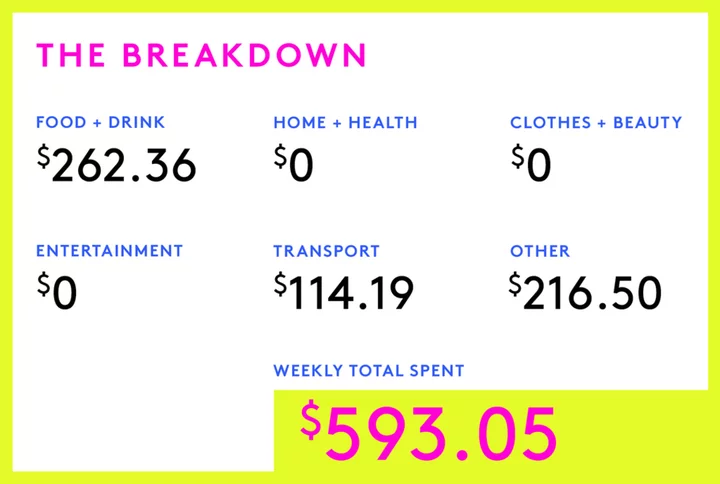Global shifts in incomes and populations, geopolitics and climate change are combining to drastically alter the outlook for the world’s food supply.
Taimur Hyat, the chief operating officer at PGIM, joined the What Goes Up podcast to talk about his research paper: “Food for Thought: Investment Opportunities Across a Changing Food System.”
Here are some highlights of the conversation, which have been condensed and edited for clarity. Click here to listen to the full podcast, or subscribe on Apple Podcasts or wherever you listen.
Listen to What Goes Up on Apple Podcasts
Listen to What Goes Up on Spotify
Q: What made you look into food as a topic to research?
A: The reasons we as PGIM went into this were a couple. First of all, food is not just 10% of GDP, but 40% of the labor force, so a lot of people work in this industry. And we are defining food as from farm to fork and everything in between — processing, packaging, preparing the seeds, all the way to end-retail. So it’s a big part of the labor force and there’s been a lot of focus on labor and inflation and so on. So that was one driver.
The second one is we think food is where the energy sector and this whole talk about the energy transition was about 10 years ago. We are like 10 years behind in the thinking. And it’s going to catch up because the current food system is simply not fit for purpose. It is not going to work for our planet, it’s not going to work for our consumption needs for a variety of reasons. And that debate on how do we transition this — even if it takes 20, 30 years — to the new food system of the future has happened. There are carbon-transition funds, there’s renewable energy, there are opportunities, there’s the inflation reduction act and lots of money going there. It hasn’t happened to food yet, but we think it’s about to.
Q: You talk about when a society becomes more affluent, when per-capita income goes up, people’s diets change. Can you talk to us about what changes in a diet as a society gains more income?
A: Historically the main reason we needed more food for the planet was that there were just more people on it. But an important shift is happening. Now we have as perhaps an increasing influence the fact that, particularly Asia, is developing a new emerging middle class, and they have the same wants and needs and desires as people in developed markets do. And that means not just more calories, but more protein and more calories that are increasingly converging with what we call the western diet. So there’s more meat in it, there’s more chicken in it, there’s more pork in that diet. And those are calories that need to be exported. You can’t just all get them in Vietnam or in Thailand or in China.
Supply chains, ironically, where everybody’s trying to simplify them after Covid, are going to get more complicated because people want the same food in more and more countries of the world, rather than just the local food. And that food itself has a bigger climate footprint because of all the methane and greenhouse-gas emissions that come from the farming system. And it means much more pressures on the governments in these countries to provide the resources, to provide the infrastructure so that people can get these new forms of western diets that are frankly maybe a little as healthy for them as well, definitely more costly, require much more importing of things from around the world than you did before. And finally, it does mean the food system doesn’t just need to cope with more population — it needs to provide many more calories even to each person on the planet.
Q: Talk to us about where you see the cultivated-meat market going.
A: There are lots of areas we are excited about investing in, but they’re definitely a bit like Bitcoin and other cryptocurrencies in the crypto space — there are definitely some bubbles in the food chain as well. And cultivated meat is maybe not a bubble — our main issue as an investor is it’s too early to invest. There are literally hundreds of companies around the world that are trying to do different kinds of cultivated meat, and it’s pretty much impossible at this stage to know which one’s going to win and which one’s going to lose. So we would say even as a venture capitalist, it’s too early to go in. There will be some winners over time. They’re the ones who are going to solve the scale problem. It is just so expensive to get that chicken nugget or that beef steak cultivated at this point that it’s just not feasible for it to become a mainstream food item around the world.
Q: What are the geopolitical implications of all these changing trends?
A: The climate interlinkage is actually quite interesting and complex because it goes both ways. First of all, the fact that climate is changing is changing our food supply chains. You have less fish in the ocean when oceans are warming up, you have new kinds of fungi, new kinds of insects that require new pesticides because of climate change. And with heat, it’s harder for labor to work in conditions in many parts of the world where you do have manual labor — 80% of Indian farms, for example. And crop yields have declined.
So first of all, you’ve got this effect from a changing climate — a more extreme climate reduces crop yields, creates more variability, adds new threats and risks. And then second, you’ve got the fact that the food system, as we have it today, changes the climate. Something like 30% of greenhouse-gas emissions, which cause global heating, come from the food system. Seventy percent of fresh water consumption is not all of us drinking water to have a two-to-six liters a day. But it is because the food system needs it to grow crops. So you’ve got a very complicated interrelationship and frankly, it’s one that’s unsustainable and needs some new ways to thinking about food to create a food system that can meet our needs for the future.
--With assistance from Stacey Wong.
Author: Vildana Hajric and Michael P. Regan









